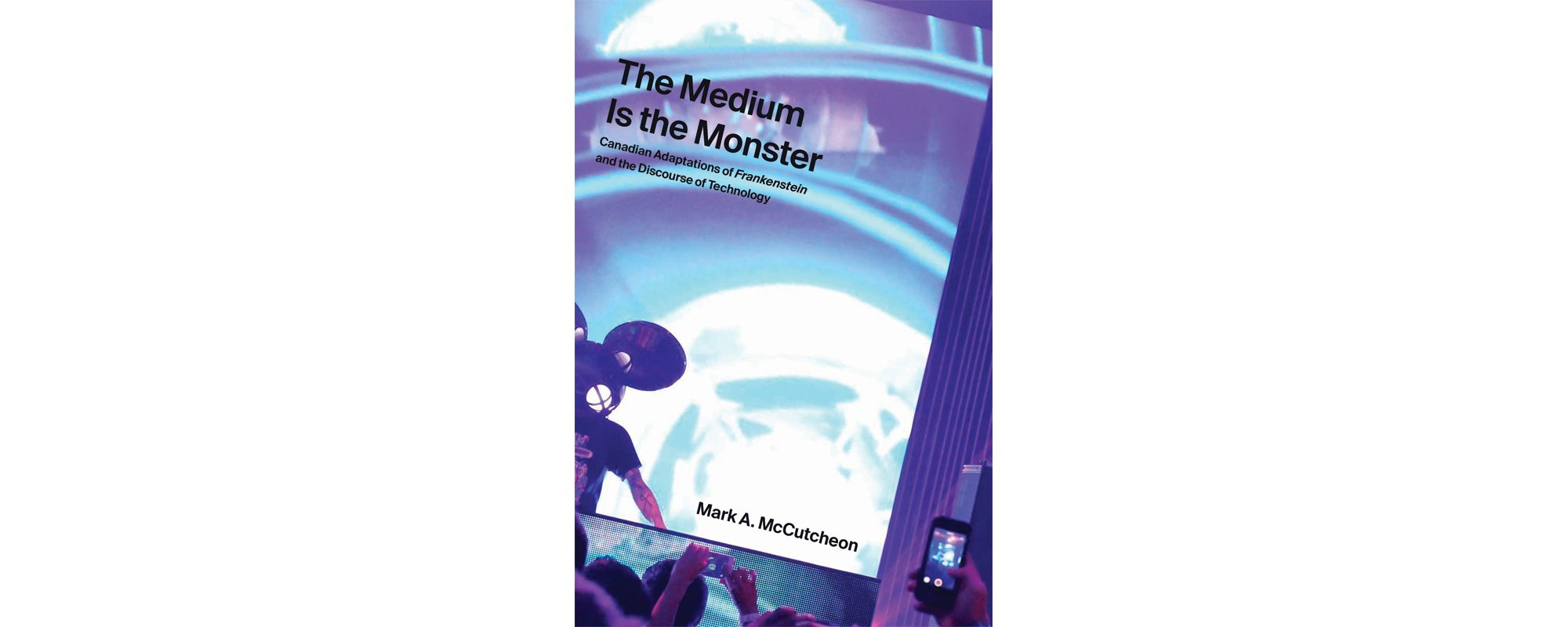 The year 2018 marks the 200th anniversary of the first edition of Mary Shelley’s gothic horror novel, Frankenstein. In the two centuries since its appearance, the book has taken on the mantle of a cultural touchstone, having been adapted, referenced, recapitulated, and retold in an apparently endless succession of books, movies, graphic novels, and other media. Itself loosely based on the Prometheus and Pygmalion myths, Shelley’s novel has become one of the most influential books in the western canon.
The year 2018 marks the 200th anniversary of the first edition of Mary Shelley’s gothic horror novel, Frankenstein. In the two centuries since its appearance, the book has taken on the mantle of a cultural touchstone, having been adapted, referenced, recapitulated, and retold in an apparently endless succession of books, movies, graphic novels, and other media. Itself loosely based on the Prometheus and Pygmalion myths, Shelley’s novel has become one of the most influential books in the western canon.
It is also a volume capacious enough to encompass a dizzying array of interpretive approaches. The text has been seen variously as a warning about humanity’s hubris in attempting to play God, a cautionary tale about the limits of scientific knowledge, and an early meditation on the nature of technology and industrialization. Literary critic Wendy Steiner writes that Shelley “was clearly horrified by the cold, overreaching adventurism of science, industrialism, colonization. Even art was not immune from dehumanization. … Frankenstein’s monster is a symbol of art as inhumane manufacture.”
Athabasca University professor of literary studies Mark A. McCutcheon extends this investigation – not altogether convincingly – in his new volume, which posits a kind of Venn diagram of influence among Shelley’s novel, the writing of media critic Marshall McLuhan, and Canadian pop culture, most especially in the realm of science fiction movies and literature.
McCutcheon operates in the highly specific and somewhat esoteric realm of adaptation studies, a discipline that allows him to expand his focus from straightforward reworkings of the original novel (such as James Whale’s classic 1931 Hollywood film or Kenneth Branagh’s 1994 remake) to encompass “secondary adaptations” on the order of Edward Burtynsky’s photography of the Alberta tar sands or the electronic dance music of Deadmau5.
The author describes adaptation studies as “a field where literary, media, and cultural studies intersect”; this rubric allows a strikingly broad range of application. It is fairly clear (and widely accepted by critics) that Frankenstein was one source of inspiration for David Cronenberg’s 1984 film Videodrome; it is less clear that organ-inspired Afrofuturist music such as Michael Jackson’s “Thriller” or Rockwell’s “Somebody’s Watching Me” can as easily yield this debt of influence. McCutcheon argues that “the sound of organ instrumentation is itself almost sufficient to evoke the ‘modern myth’ of Frankenstein in popular culture,” which seems like an instance of overreach, even given the accompanying acknowledgement of the different connotative definitions of the word “organ.”
McCutcheon begins with what appears as a provocative thesis: that Frankenstein is not just “the foundational ur-text of modern science fiction” (a position articulated in 1973 by SF writer Brian Aldiss), but also a prototypical examination of humanity’s fraught relationship with technology and its attendant dangers. Victor Frankenstein’s creature, McCutcheon argues, is “modernity’s founding image of technology.”
From there he posits a specifically Canadian connection to this tradition, arising out of the confluence of technology, media, and globalization in postcolonial Canada. McCutcheon refers to Maurice Charland’s notion of “technological nationalism,” which “ties a Canadian identity, not to its people, but to their mediation through technology,” and proposes a through line connecting McLuhan, Cronenberg, William Gibson (in particular his canonical SF novel Neuromancer), the dystopian writing of Margaret Atwood, Nalo Hopkinson, and Maestro Fresh Wes’s defining Canadian hip-hop song “Let Your Backbone Slide.”
McCutcheon does not have much new to say about Cronenberg: most of his analysis of Videodrome in particular, and the earlier films more generally, is based on the work of other critics such as William Beard and Bart Testa. But his investigation of McLuhan’s influence on postmodernism and our current technology-besotted society is vigorous and provocative. It is also interesting to note the similarities between McLuhan and a current Canadian academic currently making waves in the popular culture. McCutcheon cites W. Terrence Gordon, who suggested that McLuhan was interrogating “the feminization of the North American male” in The Mechanical Bride: Folklore of Industrial Man. When McCutcheon later refers to McLuhan’s “cult of personality as a maverick academic” and his status as a “theoretical guru,” it’s almost impossible not to make a comparison with Jordan Peterson.
While much of this material is interesting on its own, it is not always clear how it links back to Frankenstein. By casting his interpretive net so widely, McCutcheon frequently allows the connective tissue binding his central argument to go missing. When he does make explicit connections between the source text and the various adaptations he examines, they often appear cursory: anything that references, however tangentially, zombies, resurrection, automatons, mechanical advancement, or cyborgs can, in McCutcheon’s conception, claim affinity with Shelley’s text.
In one instance, McCutcheon refers to McLuhan’s designation as a “mad scientist” of media to indicate the extent to which the counterculture academic owes a debt to Shelley’s formative influence. And it is true that McLuhan shared with the earlier author a general suspicion of technology and the dangers of unbridled scientific advancement. But how far to push this association is at least somewhat debatable. Indeed, it is in discussing McLuhan that The Medium Is the Monster offers what is arguably its own best critique. Referring to the work of critics Harry H. Crosby and George R. Bond, McCutcheon cites McLuhan’s “hodgepodge methodology,” an approach that results in “‘a mosaic of exhibits … assembled from widely separated fields,’ in which everything becomes ‘grist for his mad, mod mill.’”
 Contact us via email
Contact us via email
